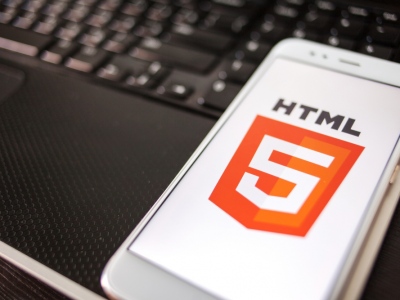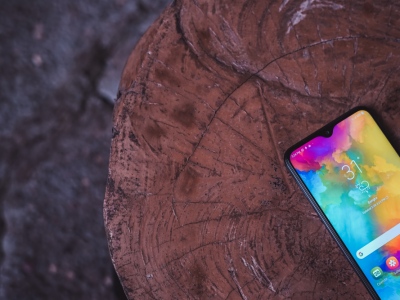The age of unlimited, it would appear, is over. While most cell carriers worldwide have implemented data caps for years, US carriers have only recently followed suit. What was once an unlimited endeavor now has limits. The timing couldn’t be worse for consumers. Data networks are getting faster, which means consumers have the ability to consume more data than ever. But with limits this just isn’t feasible. What we need is some data efficiency.

This is a pretty common theme in any type of transfer. The energy industry is always talking about new energy efficiency developments and how that can help providers better distribute power. It’s the same issue in the cellular industry. The current system only allows a certain level of data transfer, and carriers have to allocate that in a way that benefits all of their customers — and turns them a tidy profit. It’s not an easy balance.
The Profit Game
Profit actually plays a large role in the issue. To be sure, the best way to create more efficient data networks is to go back to the source. Modern cell networks are built on top of legacy networks, so we have inefficient hardware at the root. Carriers can make do with this for the time being, but it comes with obvious costs. That is, they can only reasonably handle a certain level of data traffic. They then pass the buck to the consumer, in the form of data caps and overage charges. If they allowed everyone to do whatever they pleased, they’d have overloaded networks. No one, then, would have efficient data.
Going back to start over — that is, rebuild from the ground up using the latest technology — is no cheap matter. Any such project will cut greatly into a cellular carrier’s profits. Unless carriers can see a sure way to recover those immense costs, they have no incentive to rebuild their networks. Here we reach a stalemate. If data efficiency standards are subpar, but there is no surefire profitable way to fix it, carriers will instead apply a band-aid. In this case, the band-aid consists of caps and limits. That keeps data traffic within the network’s reasonable capacity. Yet it places huge restrictions on the end user.
More Connected Devices
Today’s market is seeing more and more devices that connect to cellular networks. Previously we had smartphones and laptop air cards. We can now add tablets to this list. Tablets aren’t going anywhere any time soon, either. In fact, we could see a lot of the laptop air card traffic turn to tablets. That might help in the short run, since laptops aren’t designed for data efficiency. But as the tablet market grows so will the load on data networks.
Future technology innovations will also likely include cellular connectivity. High-powered digital cameras could gain the capability on a widespread basis very soon. Devices such as washers and dryers, dishwashers and ovens, could also gain cellular connectivity in the next few years. This will make it easier to control them remotely. Perhaps there are ways to control how much data they use, but they will be using data. And even if data is controlled on those devices, it won’t stop the transfer of media and other functions from physical form to tablets and smartphones.
Put simply, we’ll be doing more and more with our smartphones. That will necessarily mean more data consumption. Yet it doesn’t appear that current cellular networks have that kind of capacity. We could hit a breaking point in the next four or five years.
Handset Efficiency
To be sure, smartphone manufacturers can do their parts in creating more efficient data flow. Research In Motion, creator of the BlackBerry, actually have a system in place for this. They not only create BlackBerry devices, but they run the servers that are necessary for those BlackBerry devices to function. All data routs through RIM’s servers before it hits the BlackBerry device. While this was implemented for security purposes, it also creates more efficient data flow. If you compare a heavy iPhone user to a heavy BlackBerry user, the heavy iPhone users will use a lot more data. That’s because RIM compresses data at the source.
Again, we run into the profit problem. What incentive do manufacturers such as Apple and Samsung have to operate these cumbersome, expensive servers? Very little, of course. And so they can only work with efficiency as it relates to the handset. There is plenty that can be done on the handset in this way — browsers such as Android’s Dolphin HD can compress data at an efficient rate. But there’s a finite level of compression here. It really has to come from the carriers.
Data efficiency is one issue that will come up frequently in the coming years. As we have more and more connected devices — and that includes more consumers adopting smartphones and tablets — we’ll need more data capacity. At current levels, that’s not likely to hold up. It’s up to carriers and manufacturers to work together in order to create a workable solution. Otherwise we could be in for a massive data rubberneck.










Comments